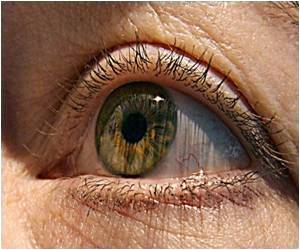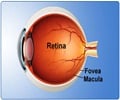
It is a lab-made miniature retina that functions much like its natural counter-parts.
The retina is a light-sensitive layer of tissue that lines the inside of the eye. The rods and cones in the retina convert light energy into visual signals that are transmitted by the optic nerve to the brain.
The lab-developed retinal cells emulated the three-dimensional and multi-layered structure of the human retinal cells.
"We have basically created a miniature human retina in a dish that not only has the architectural organization of the retina but also has the ability to sense light," study head M. Valeria Canto-Soler, Ph.D., an assistant professor of ophthalmology at the Job Hopkins University School of Medicine, said.
The retinal cells were grown in a petri dish, and they matured in the same way as the retinal cells in the eyes of a fetus in a womb. At 28 weeks’ gestation, an electrode was placed on a photoreceptor, and a pulse of light was beamed on it. The miniature retina was tested to see if the lab-grown photoreceptor was capable of converting light energy into visual signals. The cell’s response to light in a biochemical pattern was similar to the response of human retinas.
Advertisement
"Is our lab retina capable of producing a visual signal that the brain can interpret into an image?" said Canto-Soler.
Advertisement
Also, Canto-Soler acknowledges that although the lab-grown retinal cells respond appropriately, other structures of the eye that are equally responsible for restoring vision have not yet been created in a lab.
Nevertheless, Canto-Soler expressed confidence that these study findings could help increase chances for further vision-saving research which might eventually result in development of technologies, such as genetically engineered stem retinal cell transplants that could restore vision and reverse blindness in people suffering from retinal diseases, such as retinitis pigmentosa.
Source-Medindia













